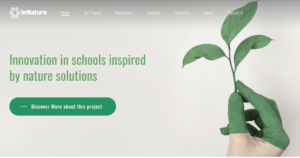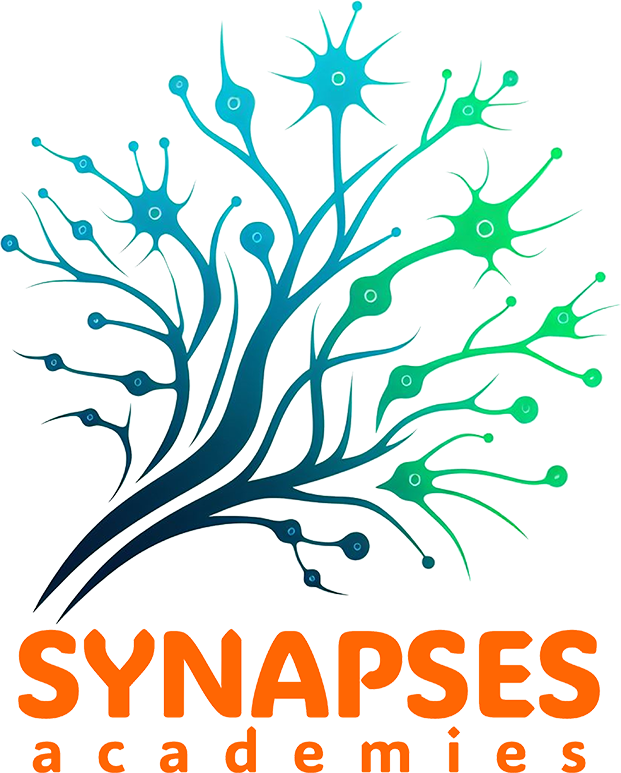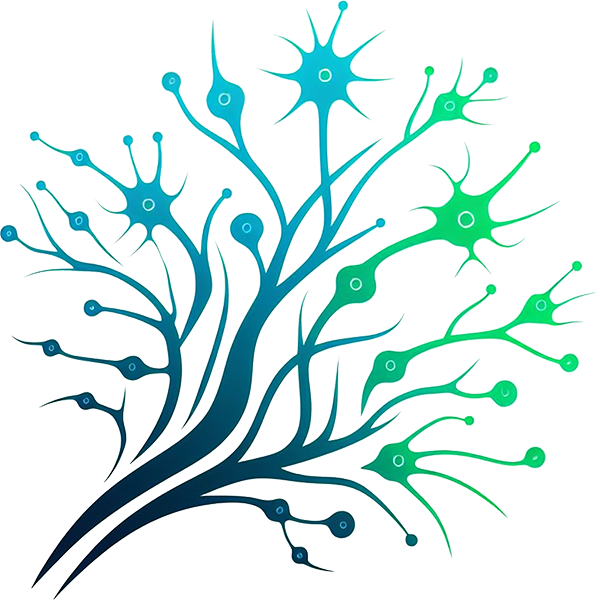Βέλτιστες πρακτικές - InNature
 Το Έργο InNature aims to enhance competencies and awareness of biomimicry in the School Community, including students, parents, teachers, directors and Informal Science Education Providers. The project consists of a toolkit which is a set of educational activities for teachers to use in classes, workshops, or other school activities, and a catalogue of good practices which is a collection of several good practices in European countries regarding biomimicry in different contexts.
Το Έργο InNature aims to enhance competencies and awareness of biomimicry in the School Community, including students, parents, teachers, directors and Informal Science Education Providers. The project consists of a toolkit which is a set of educational activities for teachers to use in classes, workshops, or other school activities, and a catalogue of good practices which is a collection of several good practices in European countries regarding biomimicry in different contexts.
InNature provides comprehensive lesson plans and serves as a valuable resource for educators. Each of the five topics includes a range of tools and frameworks for use in the classroom. In the second topic, “Biomimicry Examples,” the material develops assessment criteria to evaluate sustainable citizenship development in schools, as well as promoting open discussion between students and teachers. Additionally, the materials can be adapted to each participant’s local context.
Όλες οι πληροφορίες σχετικά με InNature μπορούν να βρεθούν στην Πύλη Synapses - Inspiring Practices:
1 Σχόλιο
Υποβολή Σχολίου
Για να σχολιάσετε πρέπει να συνδεθείτε.


The InNature project seems to be an extremely valuable initiative, especially because it involves the entire school community and not just the students. The approach of biomimicry, which connects science to nature to inspire sustainable solutions, is very current and necessary. I particularly like the idea of adapting the materials to the local context, which makes the teaching more relevant and closer to the students’ reality. Additionally, by encouraging open dialogue between teachers and students, it promotes a collaborative and critical learning environment. I see a fundamental role for teachers here, who are not only knowledge mediators but also agents of transformation who can inspire and motivate students to think sustainably and creatively. This kind of project helps to shape more aware citizens who are better prepared to face the environmental challenges of the future.